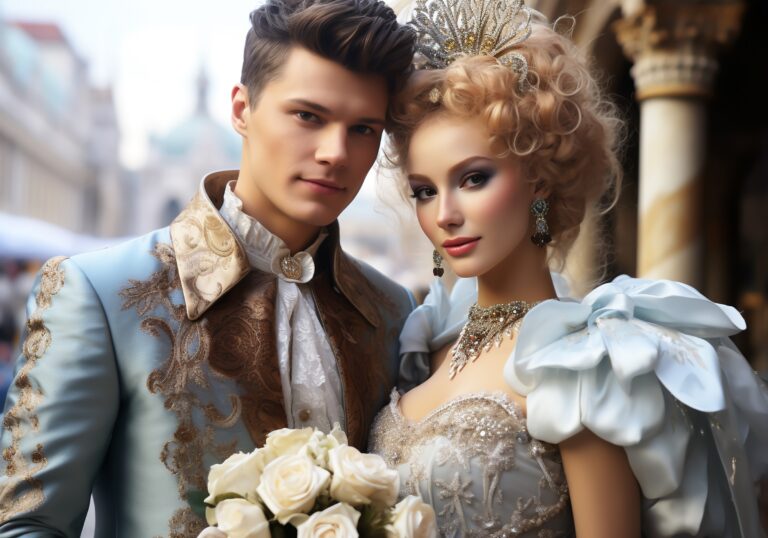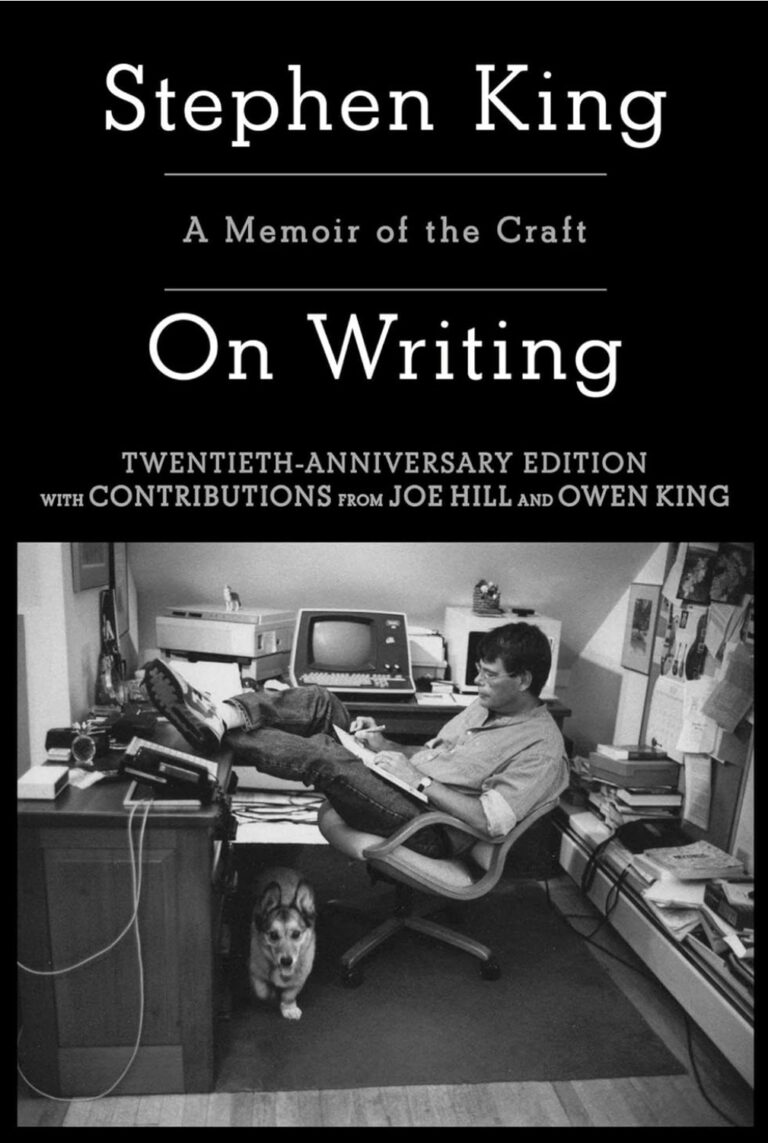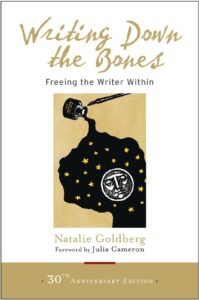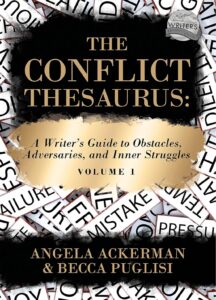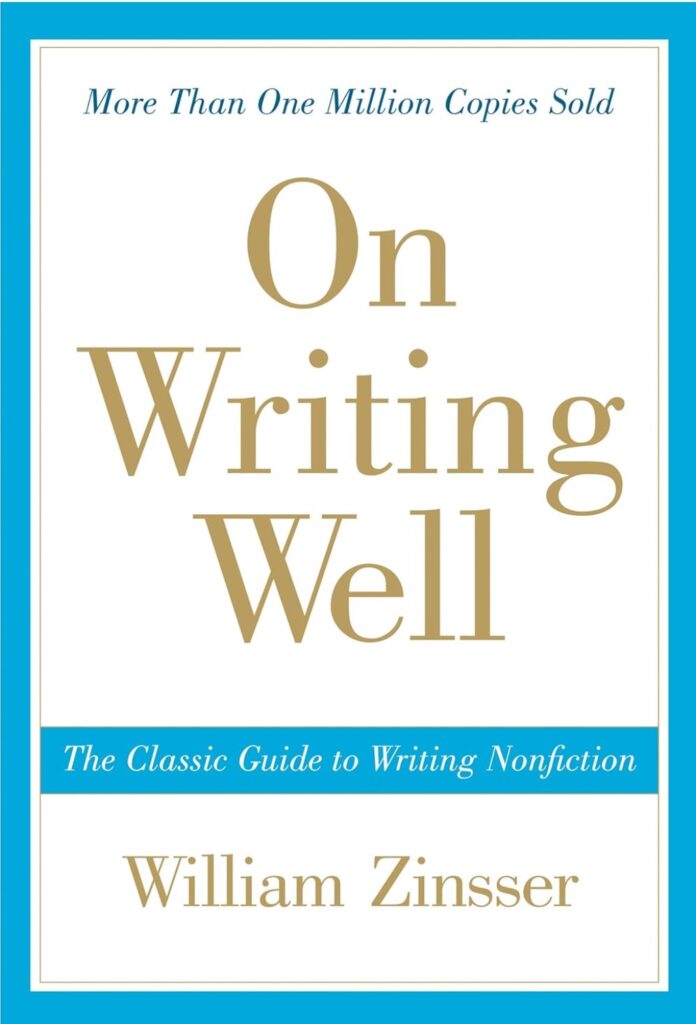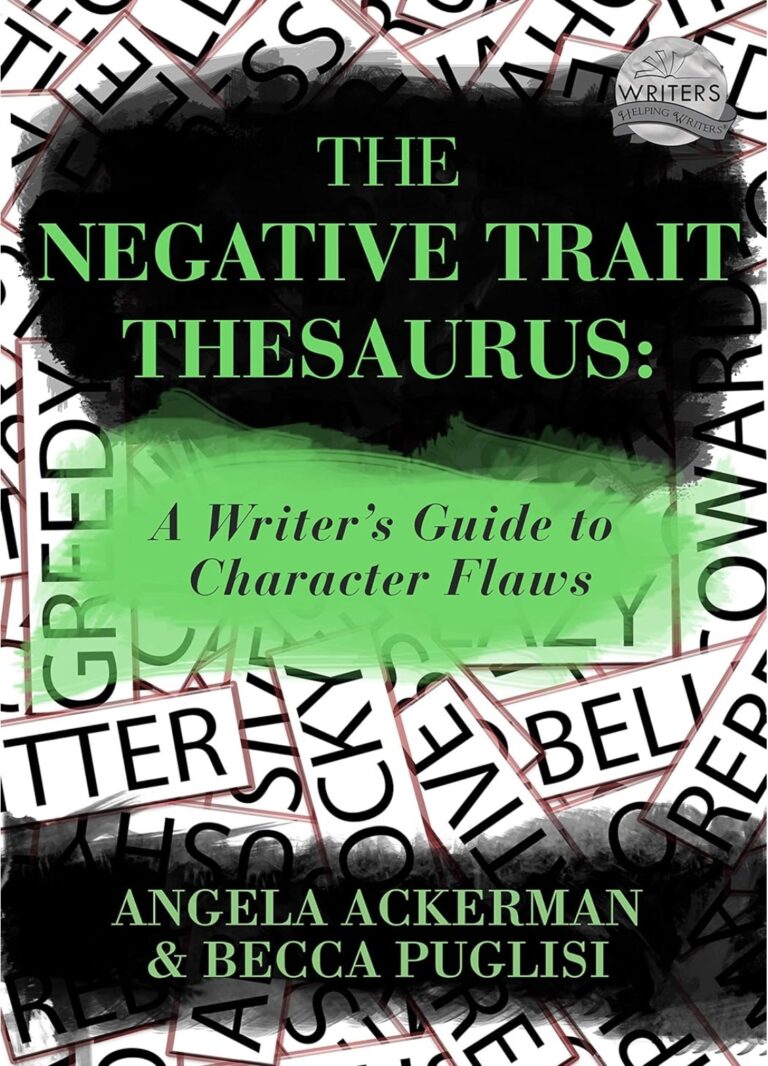As someone who writes insta-love romance stories featuring aliens, paranormal creatures, and unusual scenarios, I know first-hand the importance of crafting multi-dimensional characters. In my experience, characters with depth and complexity bring the story to life and keep readers engaged.
When you’re working with short romances, it’s crucial to make every word count, especially when it comes to character development. Here are my insights and tips on how to create multi-dimensional characters in your short romance stories.
Table of Contents
ToggleUnderstanding Character Depth
To create characters that feel real and engaging, you need to understand what makes them tick. This involves going beyond the surface details and exploring their motivations, fears, and desires.
I’ve found that giving characters a rich backstory, even if not all details make it into the final story, helps in shaping their actions and reactions.
Developing Backstories
In my novella about a werewolf and a human falling in love, I crafted a detailed backstory for each character. The werewolf had a history of loss and isolation, which influenced his protective nature.
The human character, on the other hand, had a background of overcoming adversity, making her resilient and empathetic. These backstories provided a foundation for their actions and interactions throughout the story.
Exploring Motivations
Characters’ motivations drive their decisions and actions. In another story I wrote featuring an alien prince and a human scientist, understanding their motivations was key.
The prince was driven by a need to protect his people, while the scientist was motivated by her quest for knowledge and truth. These motivations not only created tension but also led to compelling character growth.
Showing, Not Telling
One of the best ways to reveal character depth is through actions and dialogue rather than exposition. In my experience, showing characters in action allows readers to draw their own conclusions about their personalities and motivations.
Using Dialogue Effectively
I’ve found that dialogue is a powerful tool for revealing character traits and dynamics. In a recent story involving a vampire and a witch, their banter and arguments showcased their conflicting personalities and hidden vulnerabilities.
The vampire’s terse, guarded speech contrasted with the witch’s more open and inquisitive dialogue, highlighting their differences and eventual mutual understanding.
Actions Speak Louder
In a story about a shapeshifter and a human detective, I focused on showing the shapeshifter’s adaptability and the detective’s determination through their actions.
The shapeshifter’s quick, fluid movements and the detective’s methodical, persistent investigation style illustrated their respective natures without needing to spell it out explicitly.
Creating Flaws and Strengths
Balanced characters with both strengths and flaws are more relatable and engaging. Perfect characters can feel unrealistic, while overly flawed characters might seem unlikable. Striking the right balance is essential.
Balancing Traits
In my alien romance stories, I often give characters a mix of admirable qualities and relatable flaws.
For example, an alien warrior might be brave and honorable but also stubborn and quick to anger. These traits make them more human and relatable despite their otherworldly origins.
Growth Arcs
Incorporating character growth arcs helps in showcasing their journey and development. In a short story featuring a mermaid and a sailor, both characters had to confront their prejudices and fears.
The mermaid learned to trust humans, while the sailor overcame his fear of the unknown. These growth arcs added depth to their romance and made their connection more believable.
Interactions and Relationships
Character interactions and relationships are pivotal in revealing their multi-dimensional nature. In my experience, the way characters relate to each other can provide profound insights into their personalities.
Dynamic Relationships
In one of my stories about a dragon shifter and a human, their relationship dynamics evolved from mistrust to mutual respect and love.
Their interactions were filled with tension, humor, and vulnerability, each layer adding to their complexity. These dynamic relationships kept readers invested in their journey.
Conflict and Resolution
Conflict is a natural part of any relationship and can be a powerful tool for character development. In a paranormal romance involving a ghost and a living person, their conflicts over different worldviews and unresolved pasts added depth to their characters. How they resolved these conflicts showed their growth and commitment to each other.
Final Thoughts
Crafting multi-dimensional characters in short romances is both a challenge and a rewarding endeavor. By understanding your characters’ depths, showing rather than telling, balancing their traits, and focusing on their interactions, you can create compelling and relatable characters that captivate your readers.
In my experience, these techniques not only enhance the story but also leave a lasting impression on the audience. Remember, every character you create is an opportunity to explore new dimensions and bring your unique worlds to life.

